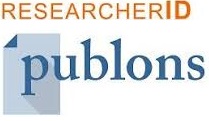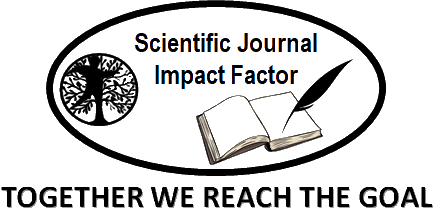Development Of Web-Based Land Information Sharing Using Social Tenure Domain Model In Slipway Community, Central Monrovia B, Liberia
Abstract
An effective land regulation system is crucial for good governance, especially as Liberian communities such as Slipway continue to face persistent land-related challenges. To address this, the study used the existing analog cadastral map to identify land tenure types and contentious parcels. A geospatial database was then developed along with a web-based land information sharing system built on the Social Tenure Domain Model (STDM). The methodology involved collecting both spatial and non-spatial data in Slipway, with an application designed using PHP (Hypertext Preprocessor) and Apache (Apache HTTP Server) for the user interface, the STDM plugin (Quantum GIS) for cadastral operations, and PostgreSQL as the database. The research results identified 133 parcels on the cadastral map, covering a total area of 1,077,396 square feet. Of these, eleven (11) parcels totaling 93,130 square feet had no identified owners. One hundred and twelve (112) parcels, representing 799,184 square feet, were private properties. Six (6) parcels, or 122,994 square feet, were under dispute, and the remaining three (3) parcels, totaling 62,089 square feet, were public land. This information enabled the creation of a social tenure relationship table, which allows users to add parties and spatial units, make queries, and upload documents. Key features such as user authentication, a search form, and an interactive map were integrated into the system. The final product is a geospatial database and a web-based platform for land information sharing that enables users to query, register, and update parcel-related data.
Keywords
Full Text:
PDFReferences
Accessed: July 20, 2025. [Online]. Available: https://www.perlego.com/book/1644066/the-development-process-a-spatial-perspective-pdf
U. Jon D, “(PDF) Land rights in postwar Liberia: The volatile part of the peace process,” ResearchGate, pp. 425–433, 2009, doi: 10.1016/j.landusepol.2008.05.005.
A. Solà-Martín, “Liberia: security challenges, development fundamentals,” Third World Q., vol. 32, no. 7, pp. 1217–1232, Aug. 2011, doi: 10.1080/01436597.2011.596749.
S. Sait, “Should Monrovian Communities Agree to Voluntary Slum Relocations: Land, Gender and Urban Governance | Request PDF,” in ResearchGate, 2021, pp. 339–354. doi: 10.1007/978-3-030-52504-0_21.
T. Enemark, L. J. M. Peeters, D. Mallants, and O. Batelaan, “Hydrogeological conceptual model building and testing: A review,” J. Hydrol., vol. 569, pp. 310–329, Feb. 2019, doi: 10.1016/j.jhydrol.2018.12.007.
N. Gigih Forda, U. Melvi, U. Ardian, and H. Abdul Munif, “(PDF) Design and implementation web based geographic information system for public services in Bandar Lampung City — Indonesia,” in ResearchGate, 2015. doi: 10.1109/ICSITech.2015.7407816.
DOI: http://dx.doi.org/10.52155/ijpsat.v52.1.7393
Refbacks
- There are currently no refbacks.
Copyright (c) 2025 Boye Arab Robertson

This work is licensed under a Creative Commons Attribution 4.0 International License.



















